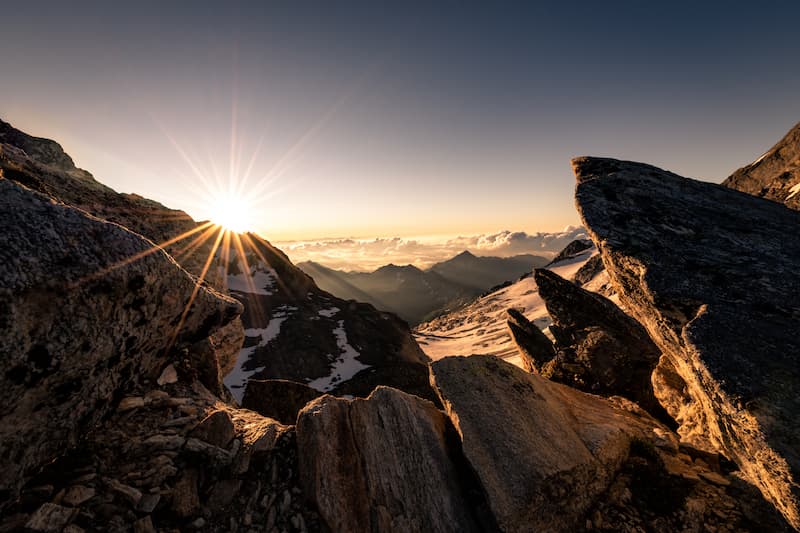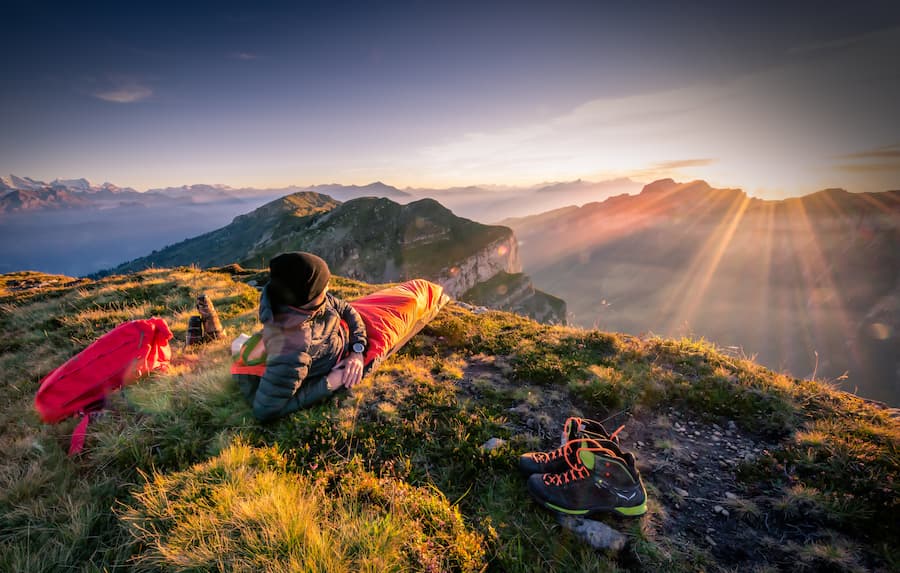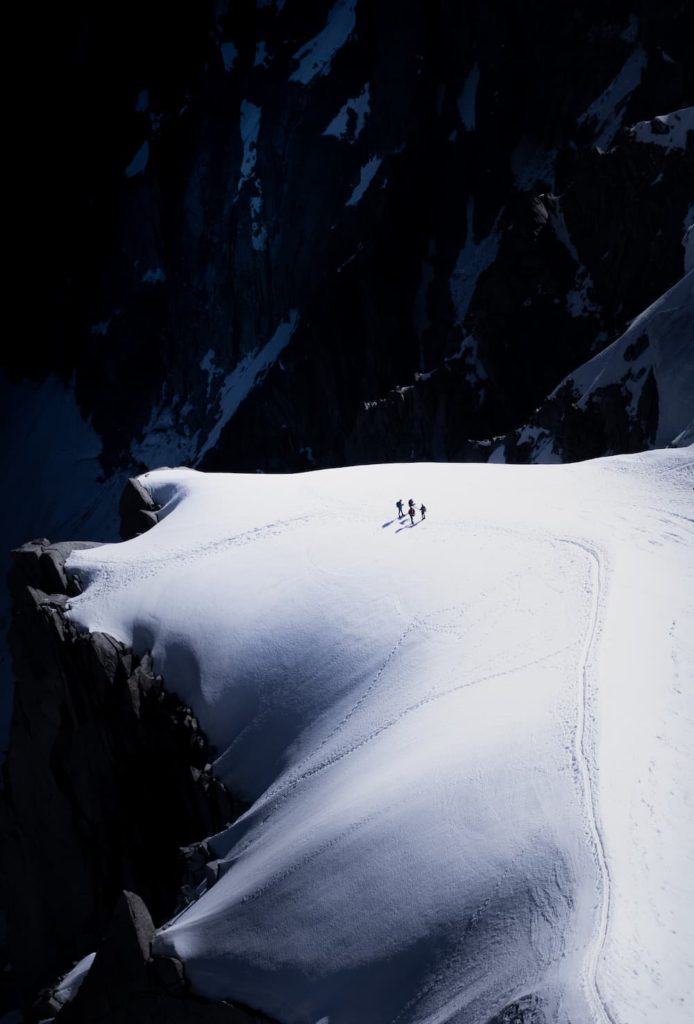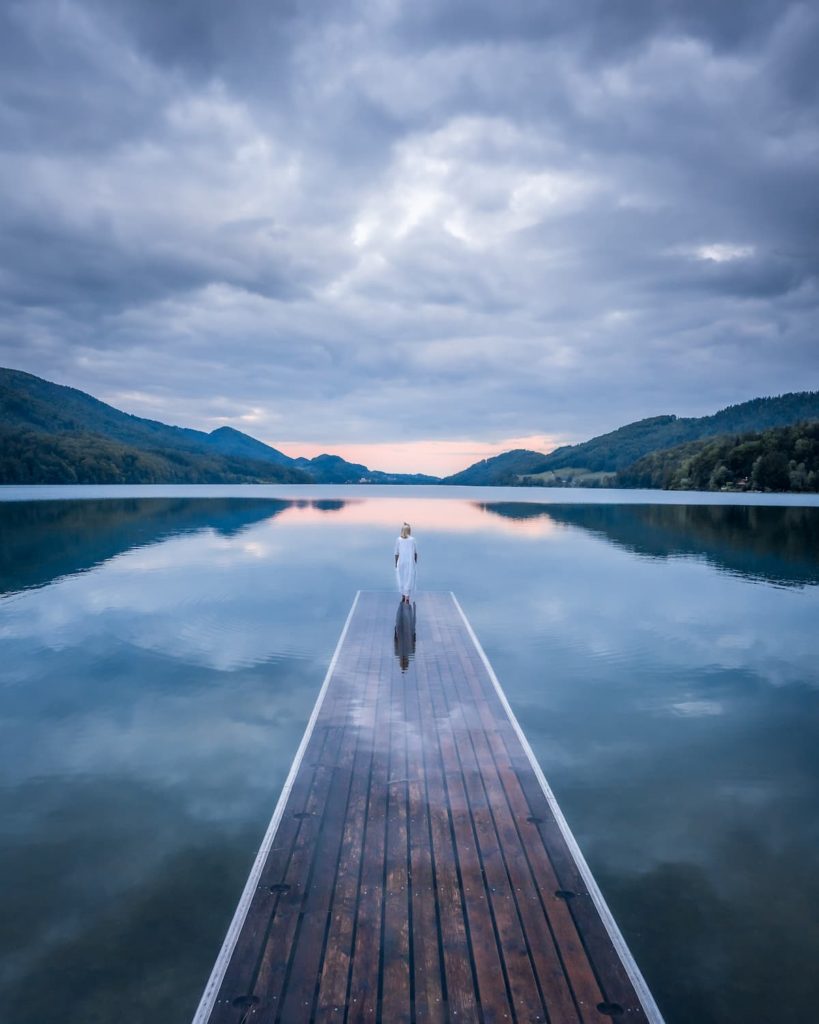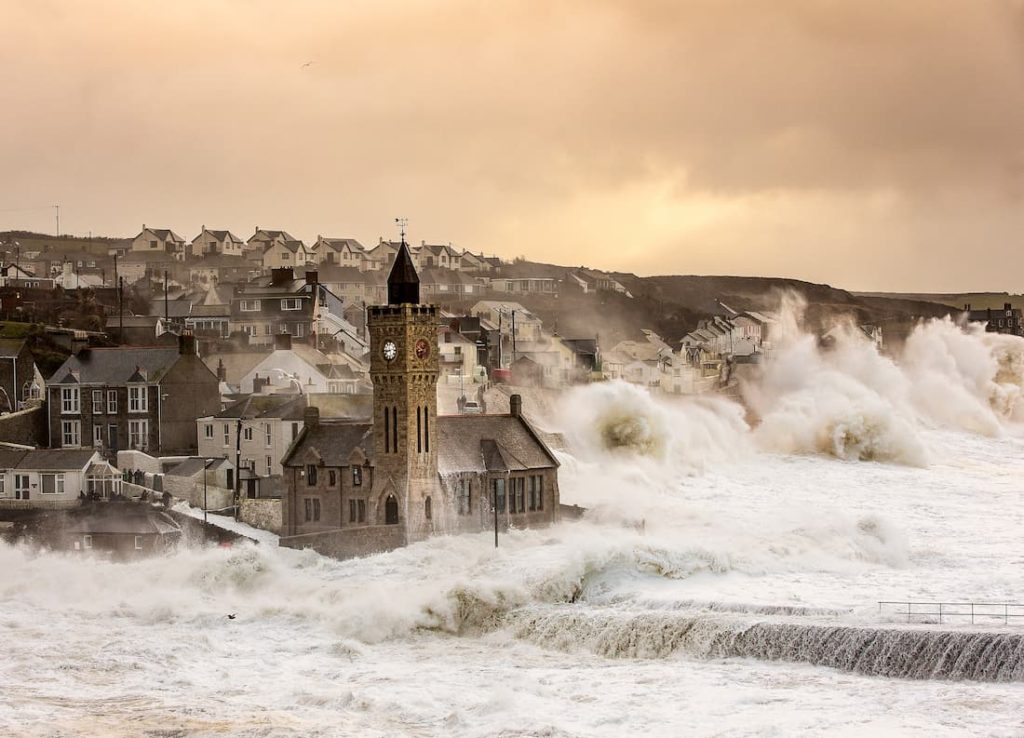
Patrick Meier
@patmeierphotography
Photographer based in Switzerland
“Once you get into photography, you will never see anything in the same way again.”
These were the words of my best friend’s dad, who ignited the photography spark in me a long time ago. At the time I had no idea how true these words were. Today, I often catch myself thinking in f-numbers while composing images in my head when I see a picturesque scenery.
"In the late 2000s, based in London, I bought my first DSLR camera. What started as an inquisitive hobby soon turned into a fascinating and rewarding passion in my life."
It was a time of trial and error with lots of experimenting and finding my own style. In 2014 I was invited by Getty Images Inc. to become a content contributor and to have the opportunity to sell my work to clients globally. I felt honored. This motivated me to take my photography to the next level. I started planning my shots in much more detail and often went out to get one particular picture. I also began to apply enhanced technical skills like focus stacking and others. Social media like Instagram also introduced me to a much appreciated exchange amongst fellow photographers.
"I only joined a few months ago, and it fuels me with inspiration for new photography endeavors."
"My beginnings are humble: As a youngster growing up in the Swiss Alps, I spent most of my early days in the mountains and forests nearby."
The mountains will always be one of my first loves. It has taken the hustle and bustle of the concrete jungle in London for me to rediscover it. I would often travel back from London and go on multi-day hikes and return to the UK with beautiful pictures and a clearer mind. Finally having made a permanent move back to Switzerland in 2016, I found my happy place – mountain photography. It’s not just taking pictures of stunning landscapes but also being out there, in the wild, with no one around. The only noises you hear are the wind in the grass, eagles whistling, clanging of cowbells down in the valleys and the odd rock or ice fall in the distance.
There is nothing that relaxes my mind and re-energizes my batteries more than exploring remote places, spending nights in my bivouac bag under a blanket of stars and getting away from all the madness in our daily lives. Returning back home with striking images, seeing the emotions in the faces of my audience when showcasing my pictures are the icing on top.
When people see my pictures they don’t often realize the effort that goes into the photography. I plan pictures well in advance and try to leave as little as possible to luck. It can take years for the conditions to be right to get my desired shot, and it takes hours and hours of planning and preparation: I constantly take notes of potential places and locations; I scan Google Earth; use hiking and weather forecast apps for clarity and accuracy for programs that show me where the sun, moon and milky way will be at certain times on certain days and how the light will hit the landscape around me. Often, I also call local authorities and guides to make sure the current conditions are safe enough. When climbing or crossing glaciers I hire mountain guides or when I do multi-day trips in exposed areas or off the official tracks, I always take a partner-in-crime with me, just in case.
"All this is then manifested into the final picture you see, which makes the hassle of carrying all my outdoor and photography gear up to high altitudes and finding a suitable spot to crash for the night, well worth it. "
Despite all of this, there is always the element of unpredictability. This is especially true in the mountains. Even with all the planning I still don’t exactly know what it will be like out there. Is there an obstacle I cannot overcome? What will the weather really be like? Is there wildlife in the area that I have to be aware of? It is essential to always have a plan B or even C, in case bad turns to worse? You always take calculated risks in the mountains but you cannot and should not force anything.
When I return home from adventures, it is time to embrace my supporting family and take a much needed shower. After that, I dry and clean my outdoor gear and photography equipment. And then the moment of truth – time to download my RAW files and have a first look at my pictures. A very exciting part of my photography process. I do quick first selections for post-processing. The majority of my post processing is done in Lightroom. However, I also use Photoshop, Nik Software or HeliconFocus for more complex editing like focus stacking and the likes.
Editing is an essential part of modern photography. Shooting in RAW means that my camera records as much data as possible, however, the RAW-file does not represent the actual initial image I see when taking the shot. Therefore trying to recreate the scene in post-processing with certain adjustments is very important and vital to do justice to the image, just like understanding light. Nevertheless, finding a good composition is vital.
"Even in bad conditions with flat light you can create impactful images simply by focusing on your composition."
Finally, quite frequently I get asked what equipment I recommend for my type of photography. Currently, most DSLR and mirrorless cameras are decent enough. So it can very much be a personal choice. Yes, top equipment helps in extreme weather or difficult lighting conditions, or when you need a super-fast and precise autofocus for wildlife photography.
Nevertheless, in the end, the most important element of photography is to just get out there, grasp the surroundings and focus on your vision. The pictures will come to you when you put in the effort – and love – to achieve your goals.
Would you like content like this sent to your inbox?
NOMADICT
ART GALLERY
THE LATEST STORIES
WRITEN WITH PASSION TO INSPIRE YOU

Photo tour in the Faroe Islands
Join us in the Faroe Islands for a unique photo tour, where you’ll elevate your creative skills with expert guidance from Ronald Soethje and Nomadict.

Photo tour in Azores, Portugal
Join us in the Azores for a unique photo tour, where you’ll elevate your creative skills with expert guidance from Ronald Soethje, Bruno Ázera, and Nomadict.

Forest Kai (@forest1kai): Photographer based in the US
In this article, Forest shares how years of chasing scale, silence, and raw landscapes shaped his approach to photography, from the deserts of Kazakhstan to the volcanic ridges of Iceland. He talks about how he uses light, texture, and vast negative space to create images that feel both intimate and overwhelming.

Simon Hechtbauer (@roamwithsimon): Best of the Week 32 at #nomadict
Simon shares the journey behind his photography, from early inspirations to field techniques, editing, and the story of the winning shot that shaped his path.

Miroslav Maršík (@miromarsik): Photographer based in Czech Republic
In this article, Miro shares how his love for cinematic music evolved into a deep passion for photography and how he uses light, color, and atmosphere to turn the streets of Prague into living film scenes.

Aurora photography panorama workflow: A guide to camera settings, editing, and color
In this article, Stefanie reveals how her background in physics sparked her passion for astrophotography and how she blends science with creativity to capture the beauty of the night sky. Readers will discover her approach to color, contrast, and editing, as well as her aurora photography workflow.
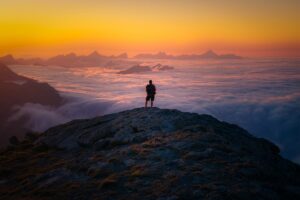
Yhabril (@yhabril): Best of the Week 33 at #nomadict
Spanish photographer Yhabril captures the profound connection between humans and the mountains that shaped him. Growing up in the Pyrenees, his work bridges outdoor sports, landscapes, and celestial scenes — often blending athletes, moonlight, and wilderness into striking visual stories.

Ariane Totzke (@besondersschwierig): Photographer based in Switzerland
In this article, Ariane shares how photography helped her navigate personal challenges, connect authentically with people and animals, and develop a philosophy rooted in empathy and artistic freedom. Readers will also discover her ethical approach to wildlife photography and her trusted equipment for both camouflage techniques and cameras.



